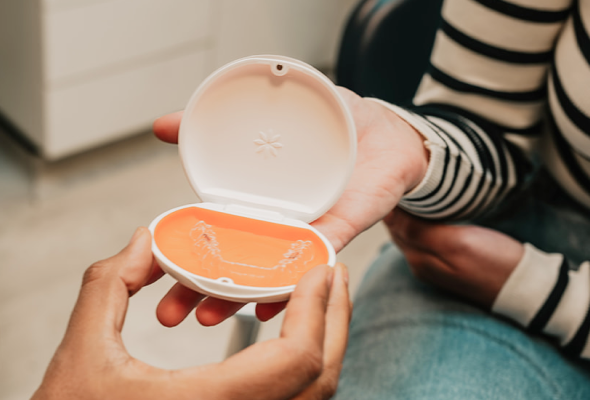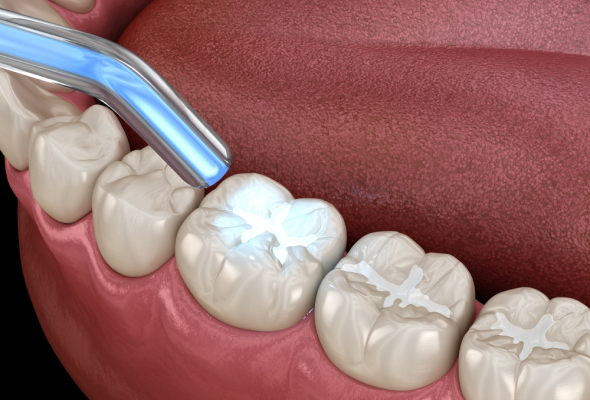What Happens When You Get a Filling?
If you’ve not had a filling before, you may be nervous about your first appointment. However, at Smile9 we prioritise your comfort and will do everything we can to ensure your time with us is enjoyable.
When you get a filling at Smile9, we will first numb the area with a local anaesthetic. This ensures you experience minimal discomfort during the procedure. Your dentist will remove decay from the problem tooth before shaping the space to prepare room for the filling. They may insert a protective layer to protect the tooth’s nerves and increase your comfort.
The filling of your choice will be put into the hole in the tooth. This will be done by layering the material and hardening it using a special light at different intervals. This ensures the filling is strong and long lasting.
After the filling has been inserted and hardened, your dentist will polish the finished tooth to remove any sharp edges.
How Long Do Fillings Last?
With the proper care and oral hygiene, your amalgam fillings can last for as long as 20 years, while your composite fillings can last up to 15 years.
Your dentist will provide instructions on how to take care of your teeth so that you can have the best chance of keeping your fillings for many years to come.
Eating and Drinking After a Filling
If you agreed to the local anaesthetic during your filling appointment, it’s worth noting that your gums, tongue, and cheek may feel numb for a while afterwards. This can make eating and drinking a little bit difficult. So, take it slowly and try to avoid chewing on the filling side for the rest of the day. This will give your mouth time to recover and will also prevent you from accidentally biting yourself.
You may find that your teeth are a little more sensitive to cold and heat after your filling appointment. These symptoms should last no longer than a week.
If you experience tooth sensitivity for longer than a week and it is getting worse, you must inform your dentist as this will need addressing in your follow-up appointment.





